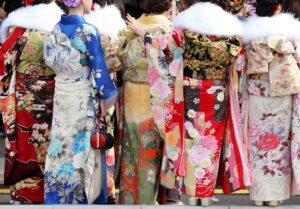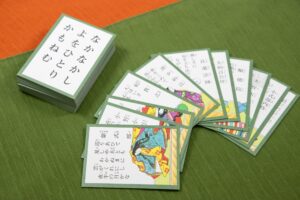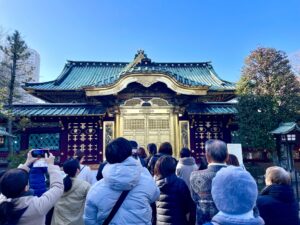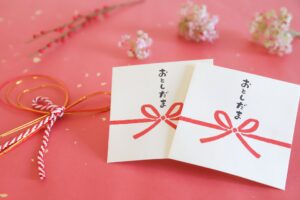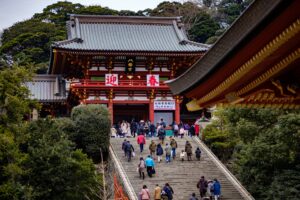Respect for the Aged Day, known as Keiro no Hi, is a Japanese national holiday that celebrates the contributions of the elderly to society. Held every September, it reflects Japan’s deep-rooted cultural values of respect, gratitude, and longevity. In this article, we explore the origin, customs, and modern transformations of this holiday, providing insights for travelers, educators, and anyone interested in Japanese culture.
What Is Respect for the Aged Day (Keiro no Hi)?

Respect for the Aged Day, known in Japanese as “Keiro no Hi,” is a national holiday in Japan celebrated annually on the third Monday of September. Its purpose is to honor and show appreciation for the elderly, recognizing their lifelong contributions to society. Officially designated as a public holiday in 1966, Keiro no Hi serves as a powerful symbol of Japan’s deep cultural values of respect, family bonds, and community cohesion. The day is a reflection of the country’s demographic realities, with one of the highest proportions of elderly citizens in the world, and promotes a nationwide spirit of gratitude and longevity.
The History and Origins of the Holiday
Why Was the Holiday Created?
Post-World War II Japan experienced rapid societal changes, including urban migration, industrialization, and shifts in family structures. With an aging population and a growing awareness of the needs and contributions of elderly people, community leaders sought to create a day to acknowledge the wisdom and hard work of older generations. The concept aligned with long-standing Confucian values that emphasize filial piety and respect for elders, making it a culturally resonant initiative.
The First Keirokai in Hyogo: Birthplace of the Holiday
The roots of Respect for the Aged Day can be traced back to 1947 in the small village of Nomadani (now part of Taka Town) in Hyogo Prefecture. There, a local mayor organized a community event called “Toshiyori no Hi” or “Old People’s Day” to celebrate the elderly and their achievements. The celebration, known as the first Keirokai (a gathering to honor elders), was so well-received that the idea quickly spread to other parts of the country. Eventually, the Japanese government adopted it as a national observance in 1966, renaming it Respect for the Aged Day.
Difference Between Respect for the Aged Day and “Old People’s Day” (Rōjin no Hi)
Originally dubbed “Old People’s Day,” the celebration had more of a grassroots and informal tone. When it became a national holiday in 1966, the name was changed to “Keiro no Hi,” which carries a more respectful and dignified connotation. While the date of the holiday shifted in 2003 to the third Monday in September, many older Japanese still nostalgically associate September 15 with the holiday’s original spirit.
Why Was the Date Changed from September 15 to the Third Monday of September?
The change in date was part of a broader government initiative known as the “Happy Monday System,” introduced in 2003. This reform aimed to create three-day weekends by moving certain national holidays to Mondays, thereby promoting domestic tourism and allowing families more time together. As a result, Respect for the Aged Day moved from its fixed date of September 15 to the third Monday of September, aligning with modern work-life balance initiatives while still preserving its core intent.
Traditional Ways of Celebrating Respect for the Aged Day

Traditionally, Respect for the Aged Day is celebrated through community gatherings, ceremonies, and acts of kindness toward elderly family members and neighbors. Local governments often host commemorative events, distribute gifts to senior citizens, and recognize the oldest members of the community. Families visit their elders, sometimes traveling long distances to spend time with grandparents and great-grandparents. At schools, children participate in drawing contests and performances to express their gratitude.
Common Gifts and Gestures
Popular gifts on Keiro no Hi include seasonal flowers like chrysanthemums, fine foods such as traditional sweets and fruits, and practical items like warm clothing or massage equipment. Handmade letters and photo albums are also common, offering personal expressions of appreciation. These gestures often emphasize emotional connection over material value, reflecting the heart of the holiday.
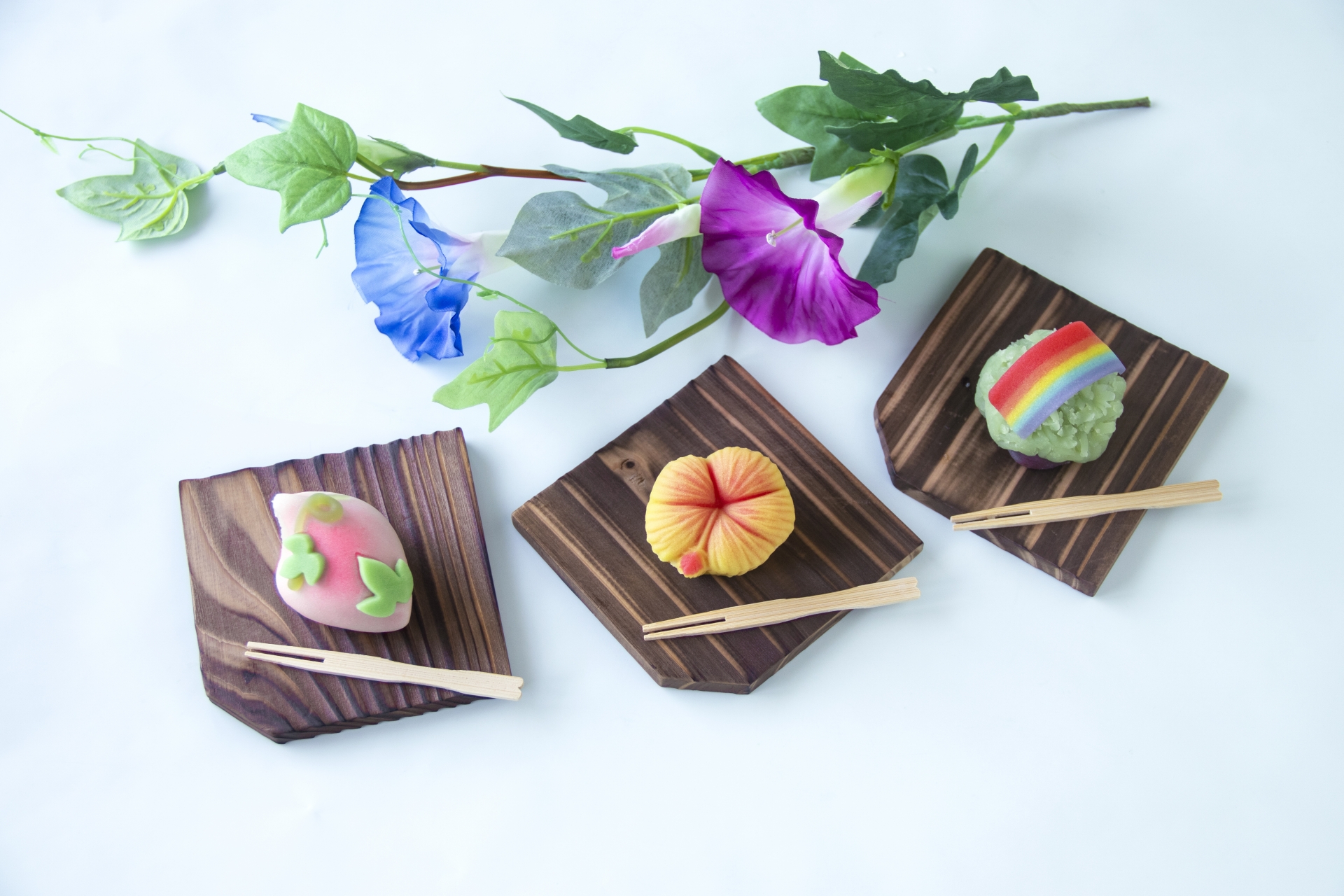
How Schools and Children Participate
Schools across Japan play a significant role in celebrating this holiday. Children prepare songs, dances, and art projects that are either showcased in local community centers or shared with nursing homes. In some regions, intergenerational programs allow students to visit care facilities and interact directly with elders. These educational activities help instill values of respect and compassion from a young age.
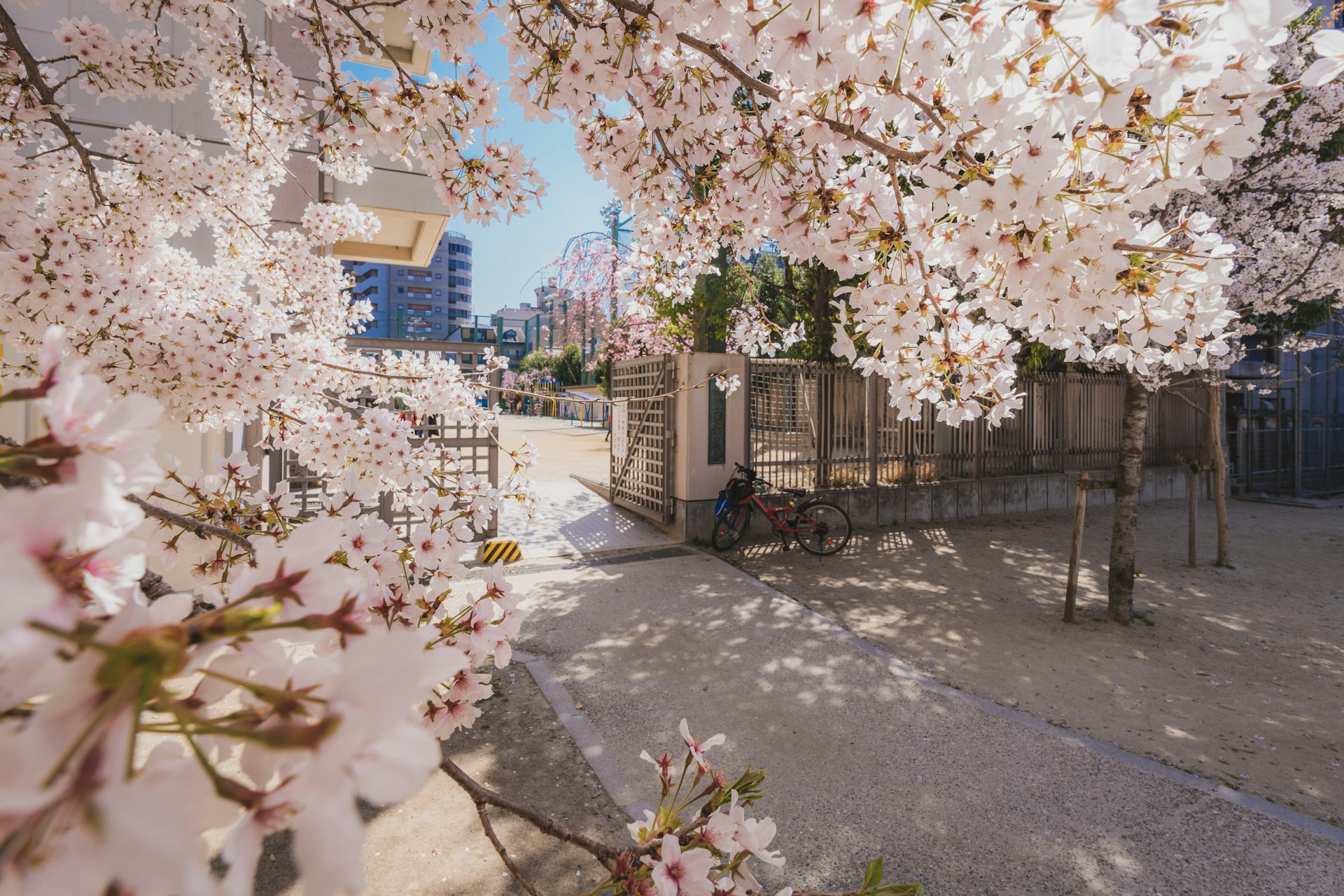
Modern Interpretations and Changing Attitudes
As Japan’s urbanization and digital connectivity continue to reshape daily life, younger generations are finding new ways to participate in Respect for the Aged Day. Urban families may not always have the opportunity to visit in person, so many send digital messages, video calls, or gifts via e-commerce. Social media has also become a platform for public expressions of gratitude, with posts dedicated to grandparents or elderly mentors gaining popularity.
Generational Shifts in Celebrating Elders
While the core values of respect remain strong, some generational shifts have altered the holiday’s tone. Younger Japanese may view the holiday more as a cultural formality than a deeply personal tradition. Nevertheless, efforts by schools and media continue to reinforce its relevance. The tension between modern lifestyles and traditional values illustrates the evolving nature of Keiro no Hi in contemporary Japan.
Participating in Respect for the Aged Day as a Foreigner
Visitors and expatriates in Japan can engage meaningfully with this holiday by attending local events, understanding etiquette, and participating in cultural customs. Showing respect through simple actions—such as giving up a seat on public transport or offering a polite greeting to an elder—goes a long way.
Regional Events and Where to Join
Here are some notable events where foreign visitors can experience Keiro no Hi:
- Tokyo: Community concerts and performances in local wards such as Setagaya and Shibuya
- Kyoto: Ceremonial tea gatherings and cultural demonstrations at public temples
- Osaka: Intergenerational craft workshops and storytelling events in cultural halls
Check local city websites or tourist information centers for updated schedules in English.
Educational & Global Applications of the Holiday
Respect for the Aged Day offers rich material for educational and intercultural programming around the world. Teachers and event organizers can use it to spark discussions on aging, respect, and cultural diversity.
Teaching Materials and Presentation Ideas
- Worksheets: Vocabulary exercises on aging and respect, Japanese phrases, comprehension questions
- Slide Templates: Culturally themed presentations for students
- Activities: Role-playing intergenerational dialogues, writing appreciation letters to elders in one’s life These can be adapted for use in language classes, social studies, or global citizenship programs.
Other Public Holidays in Japan
Japan’s calendar includes numerous holidays that reflect its cultural fabric:
- Golden Week: A string of holidays in late April to early May, including Showa Day and Constitution Memorial Day
- Coming of Age Day (Seijin no Hi): Celebrated in January to honor young adults turning 20
- Obon Festival: A mid-August Buddhist holiday honoring ancestors through family reunions and dance festivals
- Culture Day (Bunka no Hi): Held in November to promote arts, culture, and academic achievements These holidays, like Keiro no Hi, emphasize the importance of community, heritage, and shared identity.

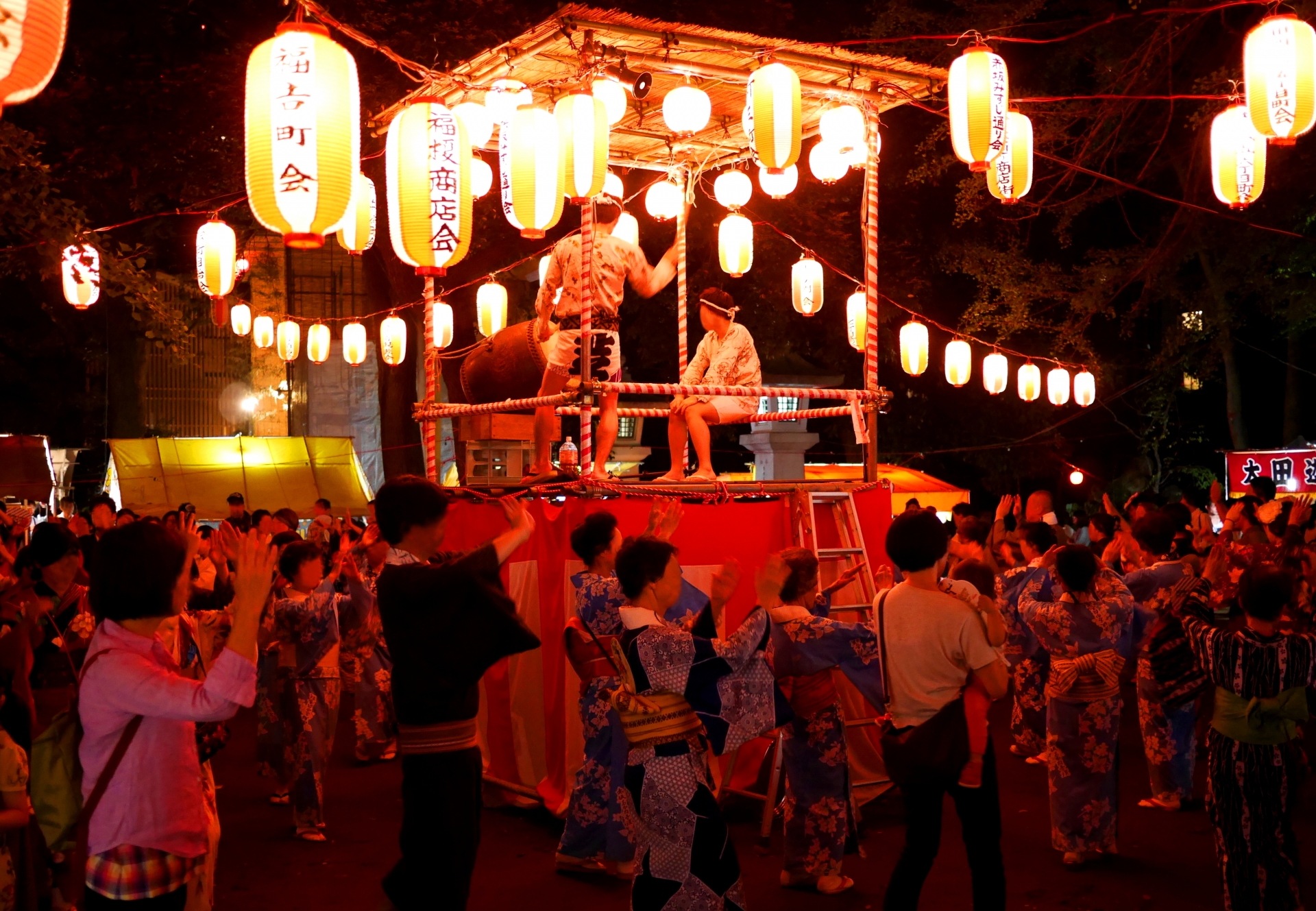
Is Respect for the Aged Day Unique to Japan?
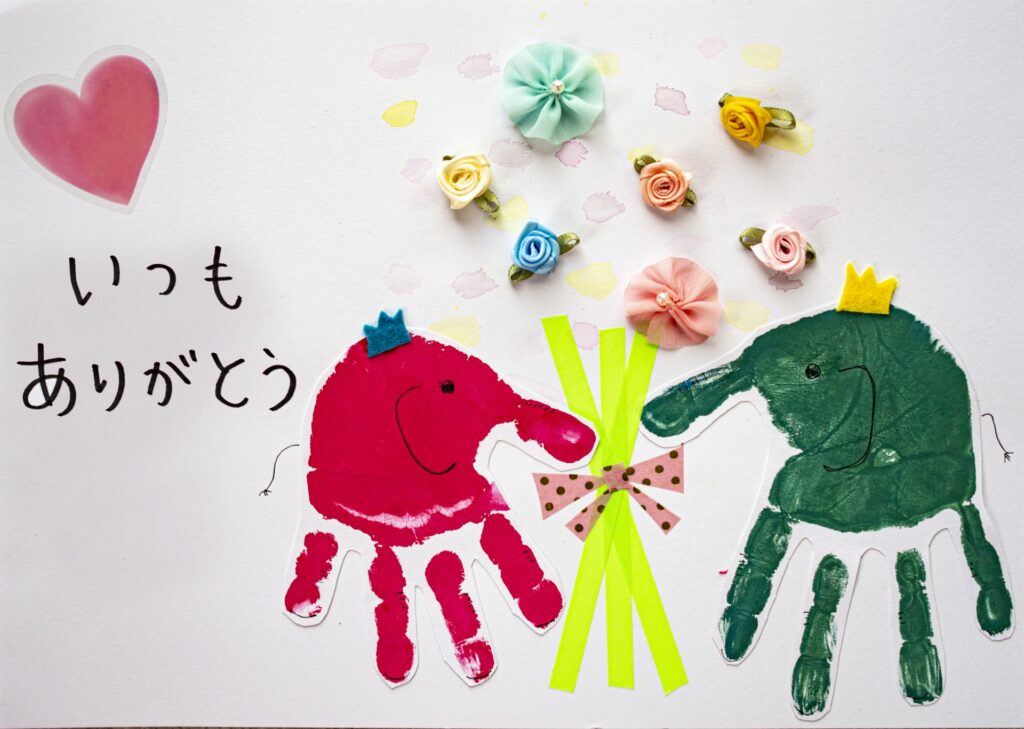
While many countries have days dedicated to the elderly, Japan’s Keiro no Hi is distinctive as a formal, nationwide public holiday. In the United States, for instance, Grandparents’ Day exists but is not widely observed and lacks official holiday status. South Korea celebrates “Senior Citizens Day” on October 2, but it is not as culturally embedded or publicly celebrated as Japan’s version. Keiro no Hi thus stands out for its institutional recognition and cultural depth, highlighting Japan’s reverence for longevity and social contribution.
Conclusion: Honoring Elders in a Changing Society
Respect for the Aged Day in Japan is more than a ceremonial event—it is a reflection of societal values that prioritize respect, gratitude, and intergenerational connection. From its humble origins in a Hyogo village to its current nationwide observance, Keiro no Hi continues to evolve while staying rooted in tradition. Whether you’re a visitor, educator, or curious learner, this holiday invites you to reflect on how we honor the elders in our own communities and lives.





